8 Scottish islands you might not have heard of
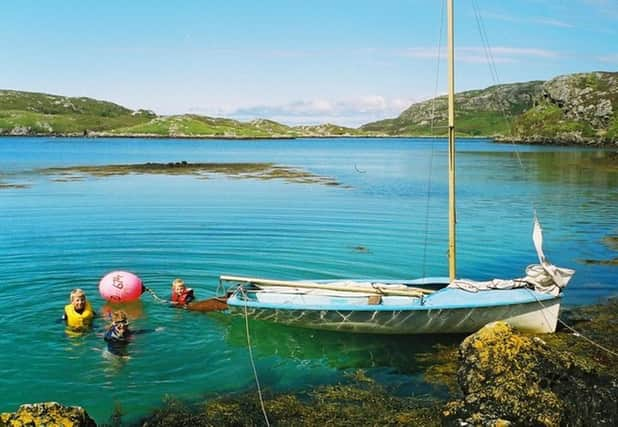

Here we look at 9 lesser-known settlements in the sea and the people and stories that have shaped them over time.
Hellisay, Sound of Mull
Eagles and falcons circle this place that was once home to perhaps around 100 people and more in the summer who travelled here to collect the “black weed”.
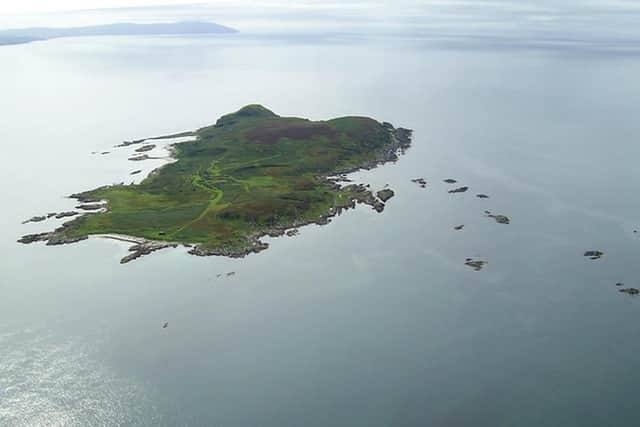

Advertisement
Hide AdAdvertisement
Hide AdThe last residents left in 1890. The Clearances pushed people here and then they were evicted again. There were discussions later that decade to create a fisherman’s settlement here but the plan did not materialise. The land, owned by William McGillivray, one of the chief landowners on Barra, was considered inappropriate for further settlement given the difficulties in getting a doctor here.
Cara, Kintyre
Less than a mile south of Gigha, Cara was last farmed by Angus McGuigan in 1932 and the island has been uninhabited since the 1940s. The last person to be born there was Charlotte McAllister, who was eventually moved with the remaining islanders to neighbouring Gigha as Cara stopped being able to sustain itself.
It’s is thought that only four families ever called it home during the 19th and 20th centuries.
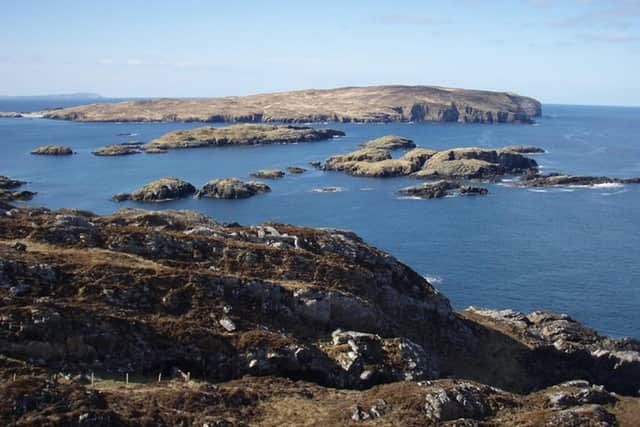

For generations, it had been part of the MacDonald estate of Largie on the Kintyre peninsula and is thought to be the only island still in possession of a direct descendant of the Lord of the Isles.
It is now only home to a herd of feral goats.
Handa, Sutherland
Mainlanders used to bury bodies on Handa given it was safe from the wolves that roamed the north and who often dug up graves.
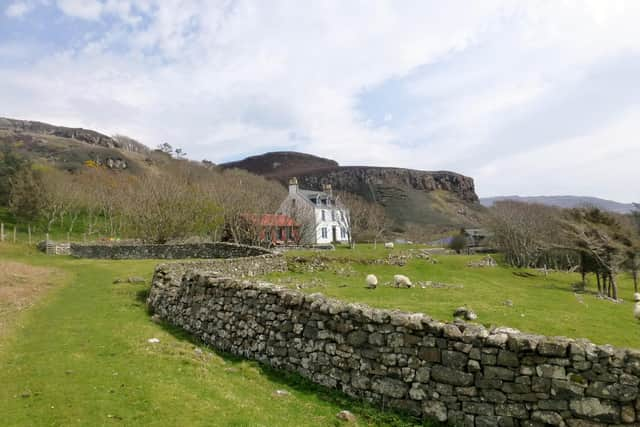

At one time, 65 people lived on on Handa in 12 houses, but the failure of the potato crop in the 1840s led to widespread famine, suffering and ultimately emigration.
Diet was supplemented by fish and eggs from the seabirds. A report in The Scotsman in 1901 said: “The men were fearless cragsmen , and swung each other over the cliffs on ropes”.
Handa also had its own parliament, with the oldest widow on the island appointed the Queen
Advertisement
Hide AdAdvertisement
Hide AdCharles St John, in Tour of Sutherland, which was published in 1848, described a white cat sitting on the rocks at Handa. It is believe that its owner had boarded two emigrant boats at Scourie earlier that year, and that the puss was left on the island alone.
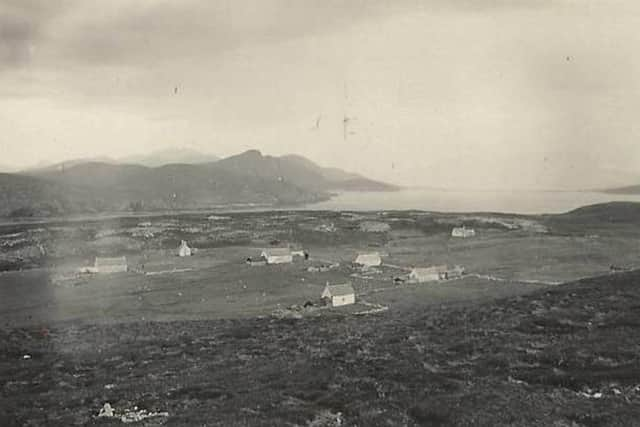

Vacsay, Isle of Lewis
The island in Loch Roag on the Isle of Lewis was bought by the late property entrepreneur Sirdar Baron Iqbal Singh in 1994.
Mr Singh, of Lesmahagow in South Ayrshire, wanted to rename the place Burns Island in tribute to his favourite bard.
But today, the island remains an empty place.
The island, whose name stems from the Norse for Peat Bank, was last lived on around 1861, when nine people called it home.
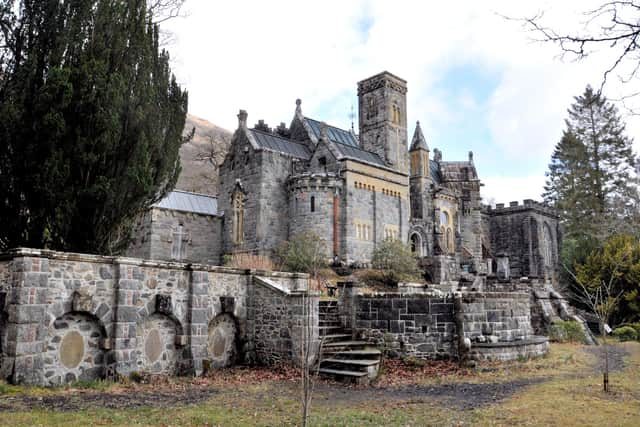

Gometra
Eight people live on Gometra near Mull with the island and its people activated in the fight against climate change.
It is owned by millionaire Roc Sanderson, who has campaigned with Extinction Rebellion and Ocean Rebellion to pressure government for action against the environmental emergency.
Sanderson splits his time between his off-grid organic farm and London. He stood three times as a Green Party candidate in Westminster.
In 2019, he and his neighbours blockaded the only land route to Gometra as a climate emergency was declared.
Advertisement
Hide AdAdvertisement
Hide AdGometra is linked to neighbouring Ulva at low tide by causeway and bridge with the route blocked by a boat to highlight rising tides caused by climate change.
Eilean Nam Muc, Inner Hebrides
James Munro, president of the Illinois-based Caterpillar Tractor Company, was gifted the uninhabited island of Eilean Nam Muc near Iona in 1959.
The island was handed over as leaving present as Mr Munro returned to the States after three years working in Uddingston.
His friends Hamish and Doris Dawson-Bowman decided to give him Eilean Nam Muc, one of the 27 tiny isles off Erraid, which they owned. Title deeds were exchanged at a ceremony in Glasgow and the feu duty of a penny a year agreed.
Mr Munro soon had the title ‘laird’ etched on his office door on his return to the States.
The island, which was visited only once by the industrialist, was inherited by his daughter and has since been returned to the Dawson-Bowmans.
Roan, Sutherland
Roan lost its last permanent resident in 1938 with a community of 22 people disbanding the island which was prone to being cut off completely by storms in the Kyle of Tongue.
In 1950, the Duke of Sutherland gave permission for a medical experiment on the island, with abandoned cottages taken over by scientists who identified Roan as a perfect setting for their study into transmission of the common cold.
Advertisement
Hide AdAdvertisement
Hide AdThe deserted environment offered ideal conditions to build up immunity from infection before being exposed to ‘super spreaders’ who arrived on the island 10 weeks into the test. The experiment was inconclusive.
Innischonan, Loch Awe, Argyll
Architect Walter Douglas Campbell bought Innischonan in Loch Awe from the Marquis of Breadalbane in the 1880s and set about building a mansion house for his family. He is often remembered as an eccentric man.
He settled on the island with his sister Helen and his mother. It is claimed Mrs Campbell found the long drive to the parish church in Dalmally too taxing and her son built her a church nearby.He extended the existing parish church – St Conan’s Kirk - and brought together a mix of styles, from Norman to Romanesque with hints of Celtic and pagan.
Today, five people live on the island.